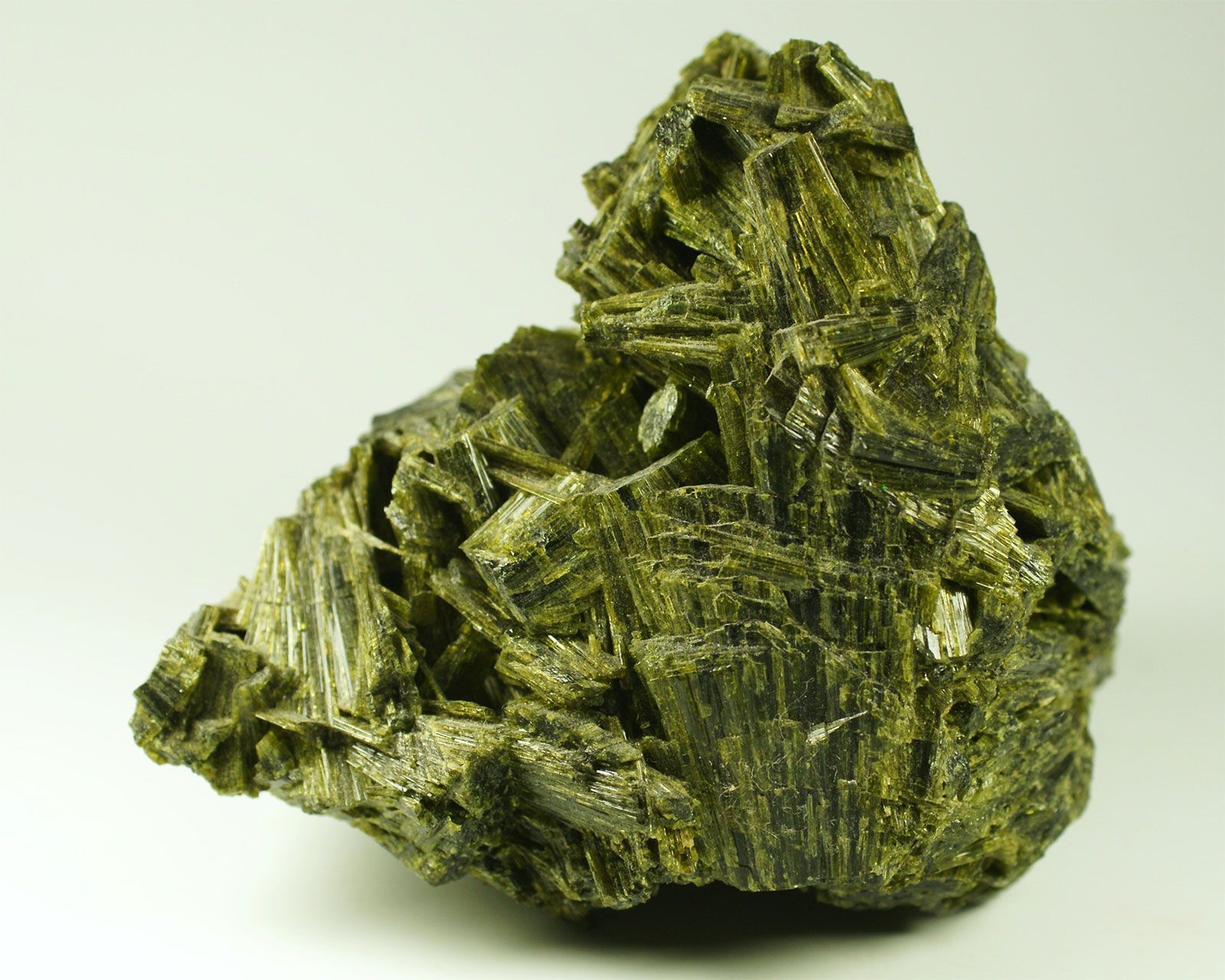
What is Allargentum? Allargentum is a rare mineral that intrigues geologists and collectors alike. Composed mainly of silver and antimony, its formula is (Ag1-xSbx), where "x" varies, making each crystal unique. Discovered in the early 20th century and first described by Paul Ramdohr in 1949, this mineral has a hardness of 3½ on the Mohs scale and a specific gravity of 10.0. Found in high-grade silver-antimony ores, allargentum crystallizes in the hexagonal system and exhibits a metallic luster with a silver-white color. Its rarity and distinctive properties make it a valuable subject for scientific research and a prized specimen for collectors.
Key Takeaways:
- Allargentum is a rare mineral with unique properties, making it highly prized by collectors. Its distinctive appearance and scientific significance offer insights into Earth's geological processes.
- Allargentum's rarity and specific formation conditions make it a valuable specimen for collectors and researchers. Understanding its properties can lead to new materials and technologies.
What is Allargentum?
Allargentum is a rare mineral that has intrigued geologists and collectors alike. Its unique properties and composition make it a subject of fascination.
-
Definition and Etymology
Allargentum belongs to the silver-antimony group. The name combines the Greek word "άλλος" (allos), meaning "another," and the Latin word "argentum," meaning silver. -
Composition
The formula (Ag1-xSbx) represents allargentum, where x varies to indicate the proportion of antimony. This variability makes each crystal unique.
Physical Properties of Allargentum
Understanding the physical characteristics of allargentum helps in identifying and studying this mineral.
-
Hardness
With a hardness of 3½ on the Mohs scale, allargentum is relatively soft. This softness makes it easier to work with but also more prone to wear. -
Specific Gravity
Allargentum has a specific gravity of 10.0, indicating it is a heavy mineral. This property aids in its identification. -
Crystal System
It crystallizes in the hexagonal crystal system, contributing to its distinctive appearance.
Where Can You Find Allargentum?
Allargentum is not found everywhere. Its occurrences are limited to specific geological settings.
-
Occurrence
Found in high-grade silver-antimony ores, allargentum has been discovered in Canada, the United States, Australia, France, and the Czech Republic. -
Discovery History
German mineralogist Paul Ramdohr first described allargentum in 1949. His work laid the foundation for further studies. -
Redefined Definition
In 1960, Ramdohr proposed retaining the name allargentum for the e-phase of the Ag-Sb system, clarifying its composition.
Optical and Physical Characteristics
Allargentum's optical properties and physical characteristics make it stand out among minerals.
-
Optical Properties
It exhibits a metallic luster and a silver-white color. Its high reflectivity gives it a shiny appearance under light. -
Cleavage
Allargentum has perfect cleavage along the basal plane, allowing it to be split into thin sheets. -
Streak
When scratched on a porcelain plate, it leaves a silver-white streak, useful for field identification. -
Refractive Index
The refractive index of approximately 0.35 affects how light passes through the crystal. -
Luster
Its metallic luster is due to the high reflectivity of silver and antimony atoms.
Crystal Habits and Associations
The way allargentum forms and the minerals it associates with provide insights into its geological environment.
-
Habit
Allargentum typically forms tabular or platy crystals, often fragmented due to their softness. -
Association
It is often found with minerals like pyrargyrite, proustite, and galena, indicating the geological conditions of its formation.
Geological Setting and Formation
The formation of allargentum involves specific geological processes and conditions.
-
Geological Setting
Found in high-grade silver-antimony ores, allargentum typically forms in hydrothermal veins. -
Formation Process
The interaction of silver and antimony ions in a hydrothermal environment leads to its formation.
Rarity and Collectibility
Allargentum's rarity makes it a prized specimen for collectors and researchers.
-
Rarity
Due to the specific conditions required for its formation, allargentum is rare. -
Collectibility
Its rarity and distinctive appearance make it highly prized by mineral collectors.
Scientific and Research Significance
Allargentum holds significant scientific importance, offering insights into geological processes.
-
Scientific Significance
Studying allargentum provides insights into the geological processes that shape our planet. -
Research Applications
Understanding its properties can help develop new materials and technologies.
Challenges and Conservation
Identifying and conserving allargentum involves specific challenges and efforts.
-
Identification Challenges
Its similarity to other silver-antimony minerals can make identification challenging. -
Preparation Methods
Careful handling is required to avoid damaging the soft crystals during preparation. -
Conservation Efforts
Efforts include responsible mining practices and establishing protected areas for natural formation.
Future Research Directions
Future research on allargentum aims to deepen our understanding of this fascinating mineral.
- Future Research Directions
Future studies will likely focus on its exact formation conditions, refining its definition, and exploring potential applications.
The Fascinating World of Allargentum
Allargentum is a rare gem in the mineral kingdom. Its unique composition of silver and antimony, represented by the formula (Ag1-xSbx), makes each crystal one-of-a-kind. With a hardness of 3½ on the Mohs scale and a specific gravity of 10.0, it's both soft and heavy. Found in high-grade silver-antimony ores, this mineral has been discovered in places like Canada, the United States, and Australia. Its hexagonal crystal system and metallic luster give it a distinctive look. Despite its rarity, allargentum holds significant scientific value, offering insights into geological processes. Collectors prize it for its beauty and uniqueness. As research continues, our understanding of allargentum's formation and potential applications will only grow. This mineral isn't just a collector's item; it's a window into the Earth's fascinating geological history.
Frequently Asked Questions
Was this page helpful?
Our commitment to delivering trustworthy and engaging content is at the heart of what we do. Each fact on our site is contributed by real users like you, bringing a wealth of diverse insights and information. To ensure the highest standards of accuracy and reliability, our dedicated editors meticulously review each submission. This process guarantees that the facts we share are not only fascinating but also credible. Trust in our commitment to quality and authenticity as you explore and learn with us.


